Data Center cleaning and sanitization: detail, cost and effectiveness
Fear of the coronavirus or confirmed exposure has caused about half (49%) of data center owners to increase the frequency of regular cleanings, according to a recent Uptime Institute flash survey. Even more (66%) have increased the frequency of sanitization (disinfection) to eliminate (however transitorily) any possible presence of the novel coronavirus in their facilities.
In times of normal operation, most facilities conduct a thorough cleaning (the removal of particles, static and residue) on a regular basis, with frequency determined by need. These cleanings help data centers meet ISO 14644-1, as required by ASHRAE.
Many use air quality indicators to determine when further cleaning is needed. Facility-specific factors such as air exchange rate/volume and raised floors can greatly affect the number of particulates in the air.
Other data center owners/operators clean the entire facility — including plenum spaces and underfloor areas — on an annual or biannual basis, with more frequent cleanings of all horizontal and vertical surfaces and even more frequent cleanings of handrails, doors and high-traffic areas. Schedules vary by facility. Some facility owners also regularly conduct facility-wide disinfection, which is the process that eliminates many or all pathogenic microorganisms, except bacterial spores, on inanimate objects. This is similar to sterilization, which eliminates all forms of microbial life.
Cleaning and sanitization are not necessarily risk-free processes, and they can be expensive. Moreover, the protection they provide may not persist, as the virus can easily be introduced — or reintroduced — minutes after a facility has been thoroughly cleaned and disinfected. However, the threat to operations is real: 10% of our survey respondents have experienced an IT service slowdown related to COVID-19, and 4% reported a pandemic-related outage or service interruption.
Cleaning considerations
Cleaners must exercise a great deal of care and follow rigorous procedures, as they often work in close proximity to sensitive electronic gear. In addition, cleaners must use vacuums with high efficiency particulate air filters, so that no dust or dirt particles become airborne and get pulled into the supply air. Deep cleaning is a necessary step to make sanitization and disinfection effective.
Sanitization or disinfection requires even greater caution, as most cleaning materials come with precise care, handling and use instructions, for both worker and equipment safety. Properly done, sanitization can remove up to 99.9999% (6-log kill) of enveloped viruses, such as SARS-CoV-2, the virus that causes COVID-19. Higher levels of disinfection are possible using stronger chemicals (see the EPA’s list of disinfectants that are effective against the coronavirus and even more durable biological contaminants such as fungi and bacterial spores). This list also includes many products that will be effective against coronaviruses that are safe and easy to use.
Data center cleaning services interviewed by Uptime Institute do not necessarily consider repeated deep cleaning or sanitization of entire facilities a necessary COVID-19 precaution. Clients, they say, must consider the cost of cleaning, which could be as much as $100,000 for each cleaning of a 100,000-square-foot facility, and sanitization, which can add another 20% or more to the cost of deep cleaning.
The cleaners note that many data centers are relatively clean “low-touch” facilities. In normal operation, data centers have features that work to protect against the entry of viruses and other particles. These include controlled access, static mats at many entries, and air filtration and pressurization in white spaces, all of which reduce the ability of the SARS-CoV-2 virus to enter sensitive areas of the facility. Many data centers also have strict rules against bringing unnecessary gear or personal items into the data center.
These characteristics suggest that an initial deep cleaning and sanitization of the entire facility as protection against the spread of COVID-19 is a reasonable approach in many data centers. Frequent or regular disinfections can be reserved for highly trafficked spaces and high-touch areas, such as handrails, handles, light switches and doorknobs. According to ASHRAE, computational fluid dynamics can be used to identify likely landing places for airborne viruses, making these treatments even more effective.
Some data center owners may want more frequent cleanings for “peace of mind” or legal reasons. Higher levels of attention may be warranted if an infected visitor has accessed the facility. To date, Uptime Institute has investigated three such reports worldwide, but anonymous responses to our survey indicate that the number of incidents is much higher (15% of respondents reported COVID-19-positive or symptomatic staff or visitors) .
Uptime Institute clients have expressed interest in a range of cleaning and disinfection processes, including ozone treatment and ultraviolet germicidal irradiation (UVGI), as well as relevant products.
Uptime Institute is aware of at least one new product — a biostatic antimicrobial coating — that has been introduced to the market. The US-based vendor describes it as “an invisible and durable coating that helps provide for the physical kill, or more precisely the disruption, of microorganisms (i.e., bacteria, viruses, mold, mildew and fungi) and can last up to 90 days or possibly longer.”
Even if proven effective against COVID-19, these treatments may have other use limitations and prohibitive downsides for either the equipment in data centers or the humans who staff them. For instance, UVGI is a disinfection method that uses short-wavelength ultraviolet (ultraviolet C or UVC) light to kill or inactivate microorganisms. But UVC light, for instance, can only disinfect where it is directly applied, so it cannot be used to treat any surfaces where targeted exposure is not possible (such as under any raised floors, overhead plenums, and behind any cabinets/cables). In addition, exposure to the wavelength typically used in UVGI (253.7 nm) can damage the skin and eyes.
Based on currently available information, the rigorous adherence to a program that includes hand hygiene, surface cleaning and social distancing will reduce the likelihood of transmission without introducing additional risks.

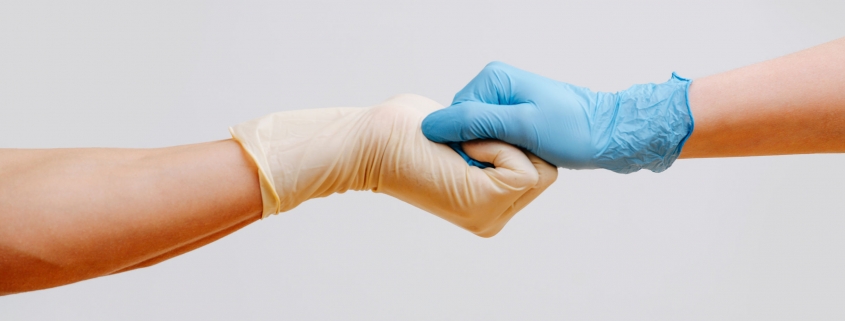 2020
2020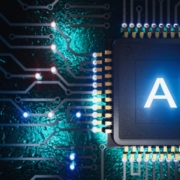
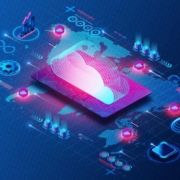

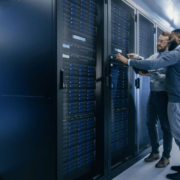
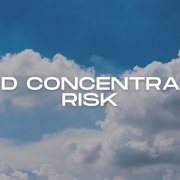
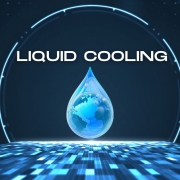
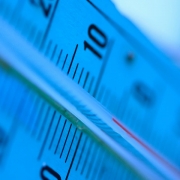


 2020
2020